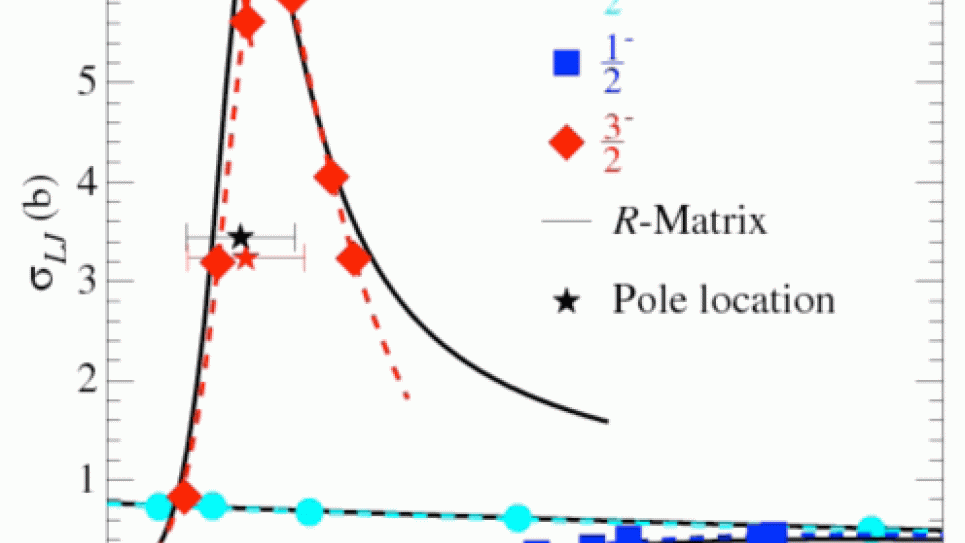
Ab-initio Reaction Calculations for Carbon-12
Researchers will calculate several fundamental properties of the 12C nucleus: the imaginary-time response, the one-body density matrix, and transition matrix elements between isospin- 0 and -1 states. These are needed to be able to reliably compute neutrino-12C scattering, which is needed for neutrino detector calibrations; quasi-elastic electron scattering, which is currently being measured at Jefferson Lab (JLab); and the results of older reactions on 12C.
In the past 15 years, researchers have developed Green’s function Monte Carlo as a powerful and accurate method for computing properties of light nuclei using realistic two- and three-nucleon potentials. This will be the basis of all the calculations. Understanding the propagation of charges and currents in the nucleus is critical to a real understanding of the physics of nucleonic matter. Electron scattering experiments in the quasi- elastic regime, where the dominant process is knocking a single nucleon out of the nucleus, are under way at Jefferson Lab for a range of nuclei. The separation into longitudinal and transverse response allows one to study the propagation of charges and currents, respectively, in the nucleus. The nontrivial changes as one goes from the nucleon and deuteron to larger nuclei like carbon require one to consider processes well beyond simple, one-nucleon knockout. Researchers will compute the transition density matrices on a two-dimensional grid of the magnitudes of the initial and final positions. A partial wave expansion of the angle between the two vectors will be made.